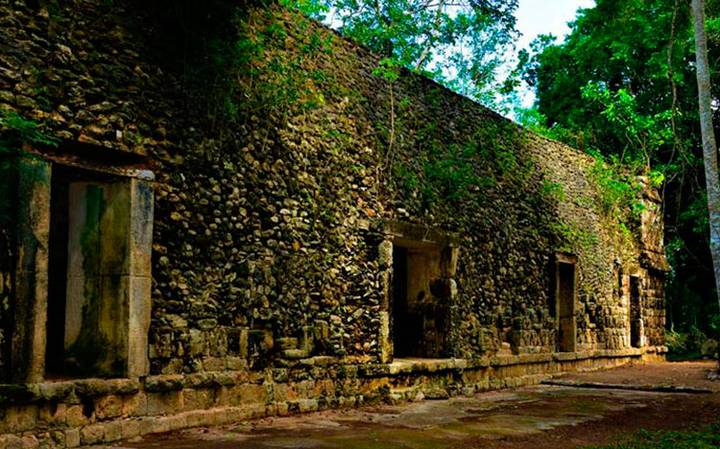A Maya archaeological zone that has been explored for some time and has not been open to the public is Kulubá, which is located in the municipality of Tizimín.
(INAH).- The exploration of the site has concluded, so it would open its doors to the general public in the year 2023.
The new delegate of the INAH in Yucatan, Arturo Chab Cárdenas, declared that Kulubá will not open to the public until next year, since services are still lacking.
“We are in talks with the City Council of Tizimín for infrastructure issues,” he assured.

“The exploration and research work has already been completed, now we are in the stage of analyzing the artifacts and materials found, such as ceramics, obsidian, shells, and 29 burial bones,” said Alfredo Barrera Rubio, a researcher at the National Institute Anthropology and History (INAH).
He explained that after the explorations Kulubá already features a total of five Maya palaces.
The fourth stage of the Kulubá project, which began in November 2019 and ended in April 2021, also uncovered 29 burial bones, ceramic, obsidian, and shell materials, as well as two other Maya palaces.
The buildings show two important moments of the Maya in Kulubá: the Late Classic (600-900 BC) and the Terminal Classic (850 to 1,050 BC).
Likewise, one of the palaces shows the heyday of Chichén Itzá “it is very clear in the mural painting, architecture, and ceramics, it is something that is evident in the archaeological materials that we found,” the expert said.

With these findings, the archaeological zone will be more attractive to tourists, “not only because of its roads and buildings that housed the Mayan kings but also because of its peculiar architectural beauty distributed among the low jungle of Yucatan,” Alfredo Barrera Rubio concluded.
TYT Newsroom


